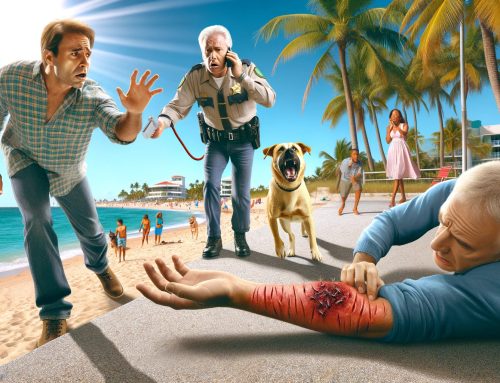In personal injury disputes, the “subjective injury” defense is a frequent tactic employed by defendants to contest the severity of the plaintiff’s injuries. This argument argues that the plaintiff is simply exaggerating the severity of their ailments for financial benefit and that the plaintiff’s injuries are subjective and cannot be reliably established.
It might be difficult to overcome the subjective injury defense, but there are a number of tactics that can be employed to do so and establish the full degree of your ailments. Some of the best tactics are listed below:
- Medical records: The plaintiff’s medical records are among the most crucial pieces of evidence in a personal injury case. These documents can be used to determine the extent of the plaintiff’s injuries and can offer conclusive proof of the plaintiff’s pain and suffering.
- Expert testimony: In some circumstances, it may be necessary to use expert testimony to determine the severity of the plaintiff’s injuries. An objective assessment of the plaintiff’s injuries and how they have affected her life can be made by an expert witness, such as a physician or physical therapist.
- Visual evidence, including as images and films, can aid to demonstrate the severity of the plaintiff’s injuries and how they have affected his or her capacity to carry out daily tasks.
- Eyewitness testimony: Eyewitness testimony can give important information about the plaintiff’s injuries and how they have affected her life. Eyewitnesses who have observed the plaintiff’s condition and the challenges they have encountered as a result of their injuries, such as acquaintances, family members, and coworkers, can testify in court.
- Diaries and journals: Documenting your symptoms and how your injuries have affected your daily life in a diary or journal might help you prove how much pain and suffering you are experiencing.
- Independent medical assessments: An independent medical assessment can offer a dispassionate evaluation of your wounds and the degree of your pain and suffering. This assessment can be utilized to show the full degree of your injuries and disprove the subjective injury defense.
- Demonstrative evidence: Using models, diagrams, or animations to show the magnitude of your injuries and how they have affected your life can be helpful.
- Assessments for vocational rehabilitation: A vocational rehabilitation examination can show how your injuries have affected your capacity to work and support yourself. This evaluation can be utilized to disprove the defense of subjective injury and show the full degree of your losses.
- Testimonies from friends and relatives can provide you a useful understanding of the severity of your pain and suffering as well as the effects your injuries have had on your life.
You can create a compelling argument that defeats the subjective injury defense and presents proof of the true scope of your injuries by combining these techniques. At Tucker Law, our skilled accident lawyer will collaborate with you to create the best plan of action for your case and assist you in obtaining the damages you are due for your injuries.
The skilled accident lawyer at Tucker Law will collaborate closely with you to compile and present the strongest evidence in your personal injury case. We will put in unwavering effort to uphold your rights and assist you in getting the damages for your injuries that you are due.
Finally, it should be noted that although the subjective harm defense is a frequent tactic employed by defendants in personal injury cases, it can be defeated with the appropriate evidence and approach. Call Tucker Law at 1-800-TuckerWins for a free consultation if you have been hurt in an accident to find out more about your legal options. Our lawyer is on hand to assist.








